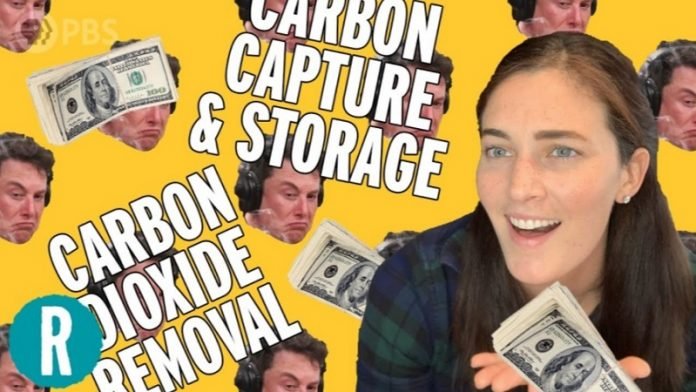
Elon Musk is shelling out a hundred millions dollars to anyone who can come up with a way of removing CO2 from our atmosphere.
Time to win that sweet, sweet carbon capture money.
Over the last couple hundred years, the amount of carbon dioxide in our atmosphere has skyrocketed.
If we don’t remove at least some of it, there will be even more heat waves, wildfires, hurricanes and other climate disasters, scientists predict.
In this week’s episode, we break down how people are using chemistry to make that happen.
Reactions is a video series produced by the American Chemical Society and PBS Digital Studios.
The American Chemical Society (ACS) is a nonprofit organization chartered by the U.S. Congress.
ACS’ mission is to advance the broader chemistry enterprise and its practitioners for the benefit of Earth and all its people.
The Society is a global leader in promoting excellence in science education and providing access to chemistry-related information and research through its multiple research solutions, peer-reviewed journals, scientific conferences, eBooks and weekly news periodical Chemical & Engineering News.
ACS journals are among the most cited, most trusted and most read within the scientific literature; however, ACS itself does not conduct chemical research.
As a leader in scientific information solutions, its CAS division partners with global innovators to accelerate breakthroughs by curating, connecting and analyzing the world’s scientific knowledge.
ACS’ main offices are in Washington, D.C., and Columbus, Ohio.



